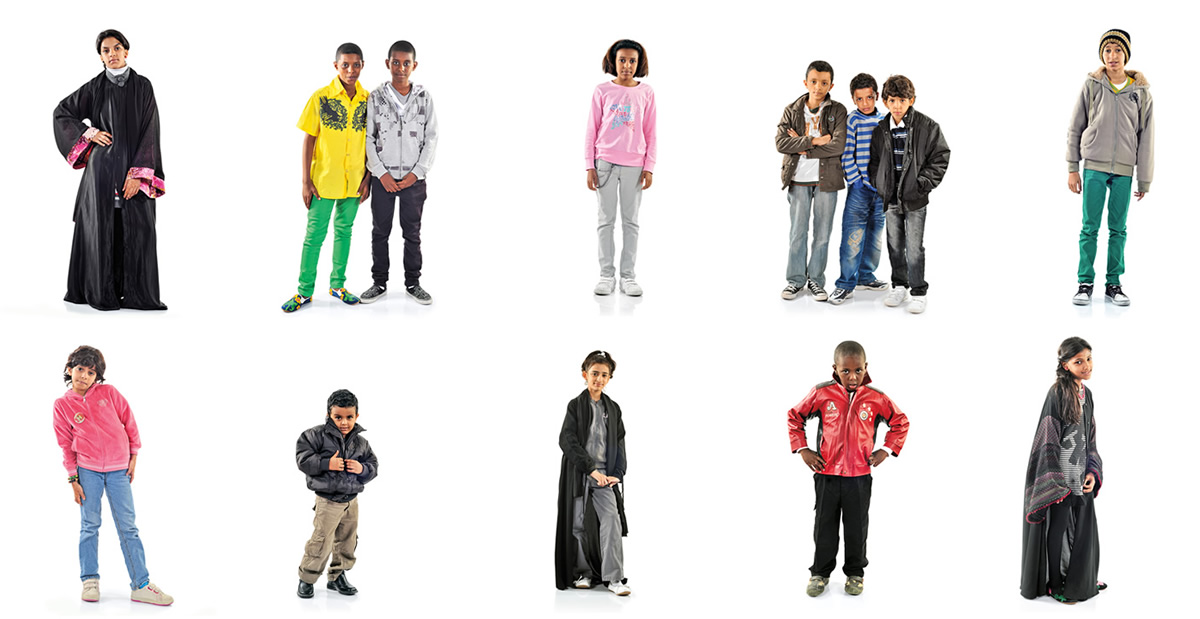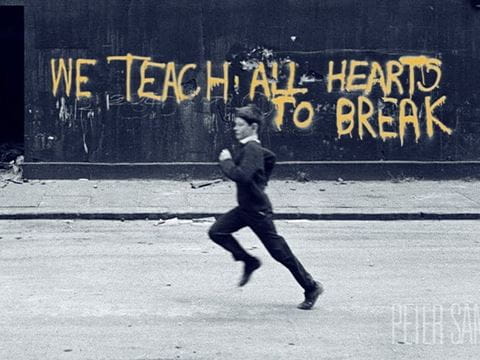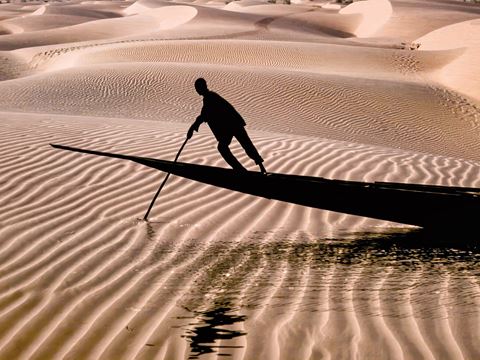
FirstLook: Youth of the Nation
For a week in December 2009, Abduljalil and I created a studio-style “photo booth” for kids at the Saudi Aramco Oil Exhibit Eid Program in Dhahran, Saudi Arabia.
For a week in December 2009, Abduljalil and I created a studio-style “photo booth” for kids at the Saudi Aramco Oil Exhibit Eid Program in Dhahran, Saudi Arabia. We not only displayed the technical side of photography, but also created a friendly space where interactions with our subjects felt purposeful, public and casual. The kids who wanted to have their photo taken sat and watched us work while waiting for their turn to spend 30 seconds to several minutes in front of the camera. Afterward, we gave everyone a small print. At times, the energy felt exponential, as the boldness of one inspired the next. The less serious the process was, the more open each kid became.
We took thousands of photos. In most cases, I did not direct at all. These kids knew how they wanted to present themselves. When I sat down and started to look thoughtfully at the results, I found myself drawn to the confidence and vulnerability that so many of these kids, who came from all over Saudi Arabia, shared so eagerly. I saw that together, the images revealed something more: partly the awkwardness of youth, and partly the reflection of a diverse society as it moves toward the future—a future full of expression.
—Ayesha Malik
About the Author
You may also be interested in...
.jpg?cx=0.5&cy=0.5&cw=480&ch=360)
Photo Captures Kuwaiti Port Market in the 1990s
History
Arts
After the war in 1991, Kuwait faced a demand for consumer goods. In response, a popular market sprang up, selling merchandise transported by traditional wooden ships. Eager to replace household items that had been looted, people flocked to the new market and found everything from flowerpots, kitchen items and electronics to furniture, dry goods and fresh produce.
Peter Sander's Spiritual Photography
Arts
For more than 40 years, British photographer Peter Sanders has documented communities across the Islamic world. Sanders discusses his legacy with us, including his inspiration and influences over the course of his career.
FirstLook: Poetic Fusion
Arts
Prior to our modern practice of image manipulation with editing software, photographers worked more with planned intention and craft.